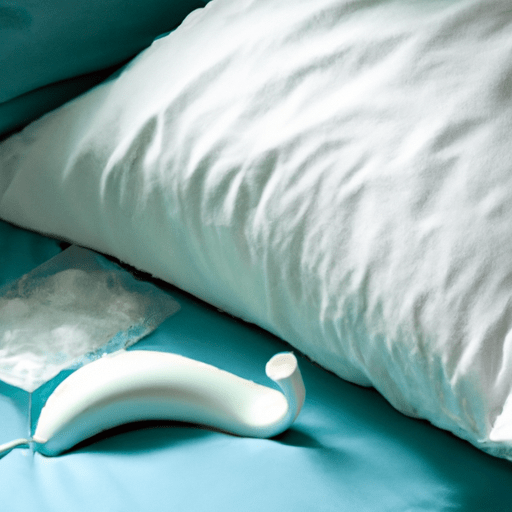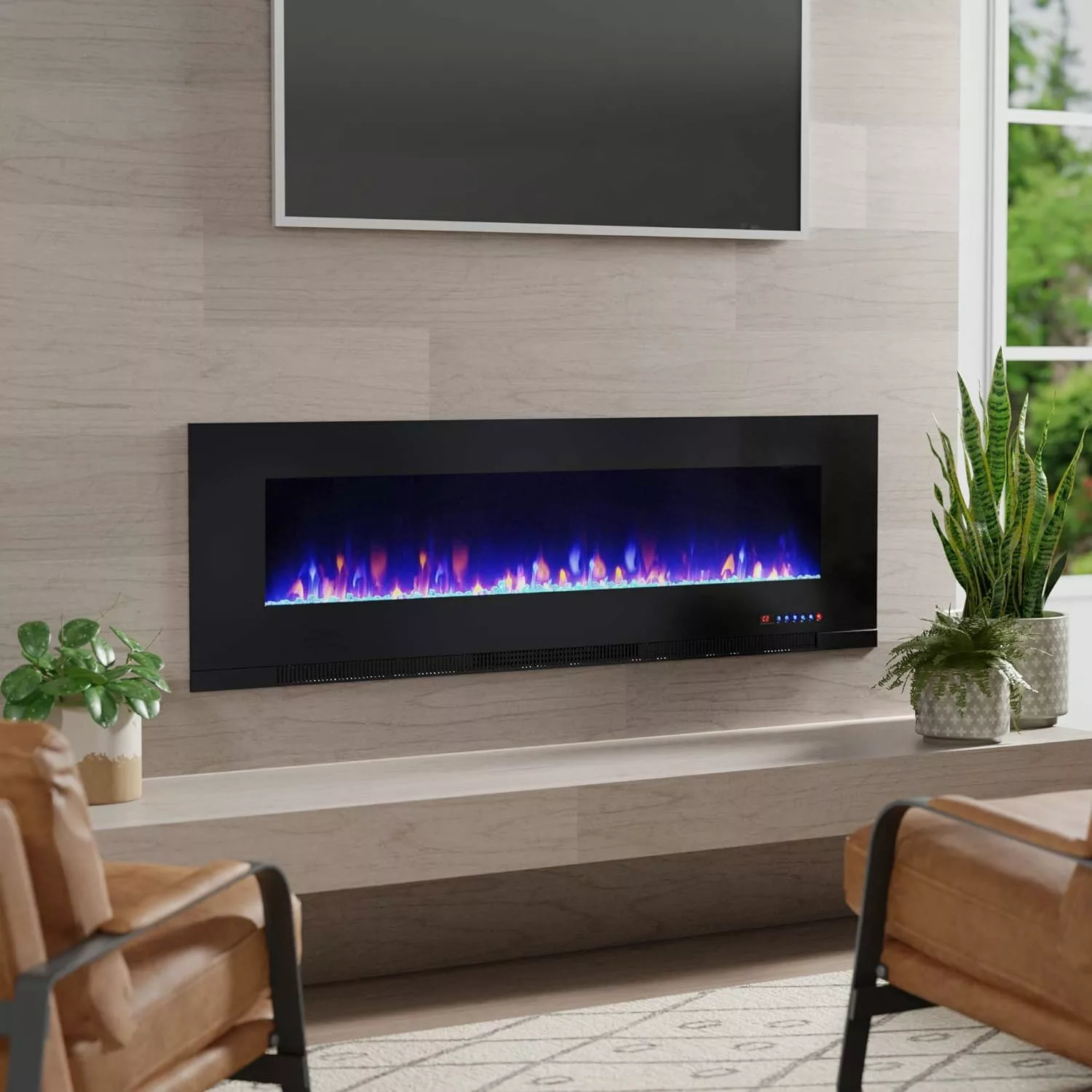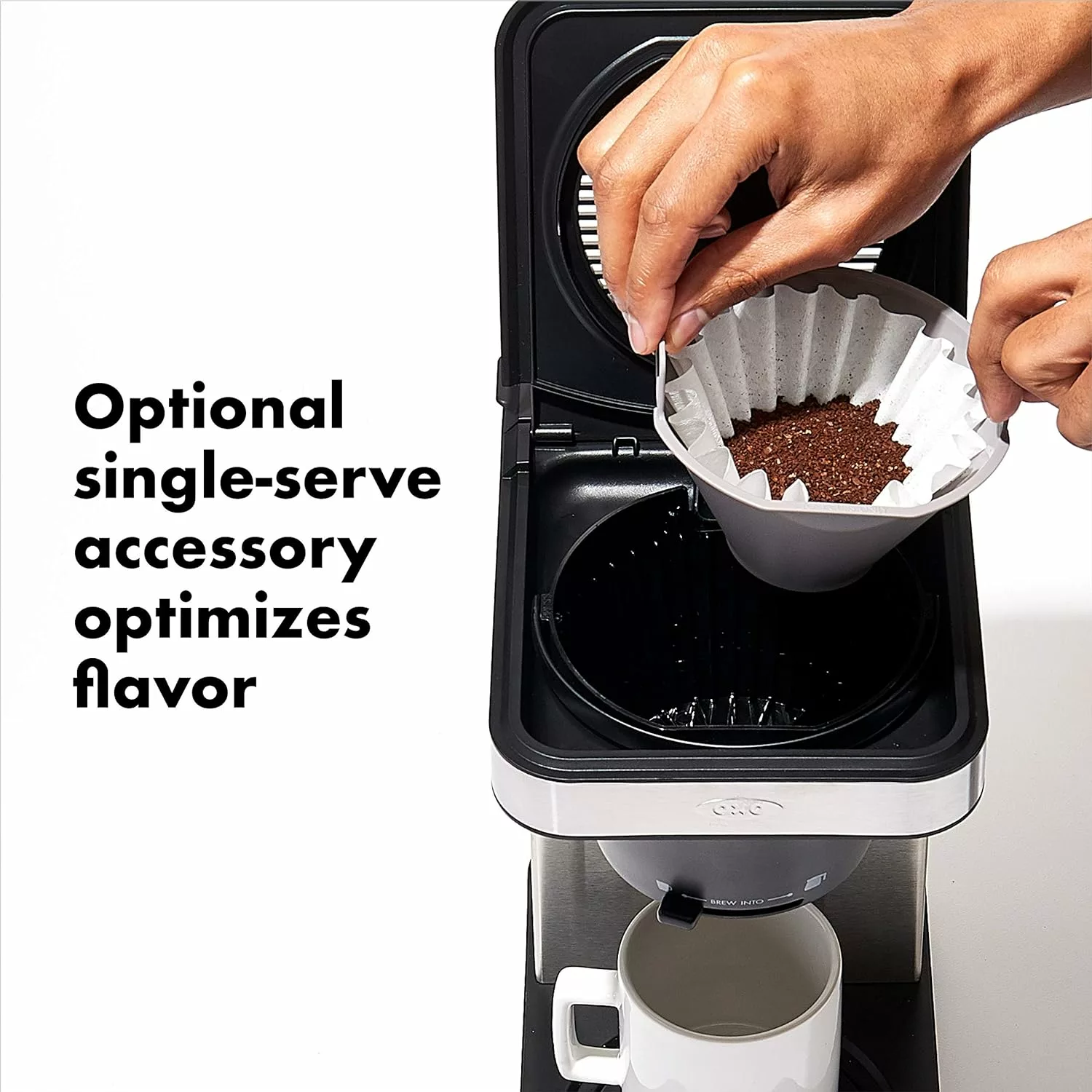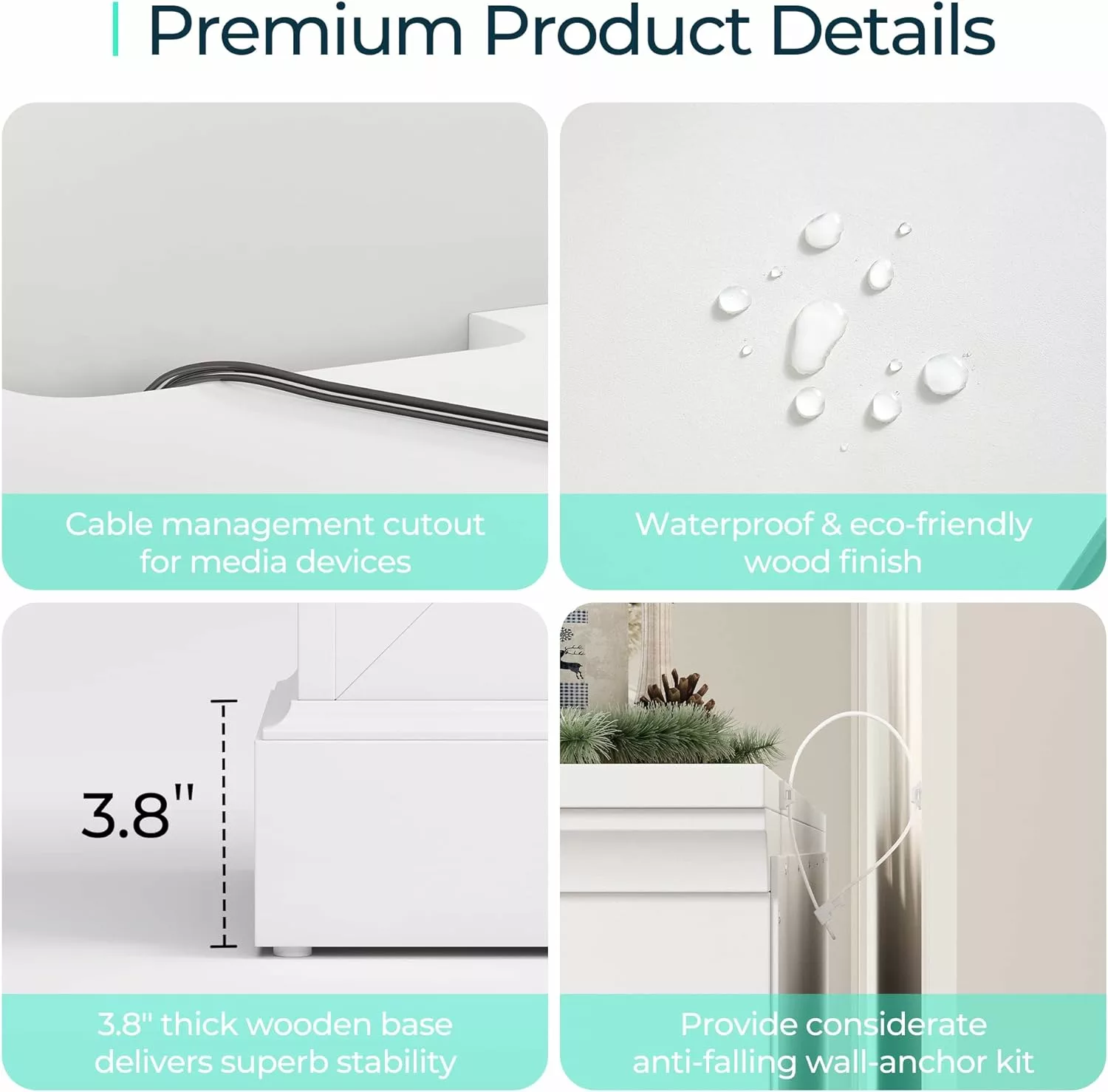So you’ve just bought yourself an inflatable hot tub and you can’t wait to relax and unwind in the warm, bubbling waters. But before you can fully enjoy your new purchase, it’s important to make sure that it is properly insulated. In this article, you will discover some simple and effective tips on how to insulate an inflatable hot tub, ensuring that you can enjoy it all year round, regardless of the outside temperature. Whether you’re a newbie to hot tub ownership or a seasoned pro, these easy steps will help keep your hot tub warm and cozy, providing you with the ultimate relaxation experience.
Why Insulate an Inflatable Hot Tub
When it comes to enjoying your inflatable hot tub, insulation plays a crucial role in enhancing your overall experience. Insulation offers a plethora of benefits ranging from energy efficiency to extended usage and protection against external factors. By taking the time to properly insulate your inflatable hot tub, you can enjoy comfortable and cost-effective heating while ensuring its longevity.
Benefits of insulation
Insulating your inflatable hot tub comes with a multitude of advantages. Firstly, insulation helps in improving energy efficiency, allowing you to maintain a consistent and desirable water temperature without excessive heat loss. Additionally, insulation helps to extend the usage of your hot tub, as it retains heat for longer periods, enabling you to enjoy its therapeutic benefits throughout the year. Furthermore, insulation acts as a protective barrier, guarding your hot tub against external factors such as cold weather, wind, and other environmental elements that could potentially damage its structure.

This image is property of images.unsplash.com.
Energy efficiency
One of the primary benefits of insulating an inflatable hot tub is improved energy efficiency. By preventing heat from escaping, insulation reduces the workload on your hot tub’s heating system, resulting in lower energy consumption. This not only helps you save on utility bills but also reduces your carbon footprint. Additionally, a well-insulated hot tub requires less time and energy to heat up, allowing you to enjoy your relaxation time without any delays or interruptions.
Extended usage
Insulating your inflatable hot tub enables you to extend its usage beyond the warmer months. With proper insulation, you can comfortably enjoy warm water even during cooler seasons. This means you can relax and unwind in your hot tub throughout the year, regardless of the prevailing weather conditions. Whether it’s a chilly winter evening or a cool spring night, insulation ensures that your hot tub remains at a desired temperature for a pleasant and rejuvenating soak.

This image is property of images.unsplash.com.
Protection against external factors
Insulation provides a protective layer for your inflatable hot tub, shielding it from various external factors. Harsh weather conditions, such as strong winds, heavy rain, and snow, can potentially damage your hot tub’s structure. By insulating your hot tub, you create a barrier that helps to protect it from these elements, ensuring its durability and longevity. Additionally, insulation also helps to prevent debris, dirt, and leaves from entering the tub, keeping the water clean and minimizing maintenance requirements.
Choosing the Right Insulation Products
When it comes to insulating your inflatable hot tub, choosing the right insulation materials is crucial. Consider the following factors before making a decision:
Considerations for insulation materials
Selecting an insulation material that is suitable for your specific hot tub requirements is essential. Consider factors such as durability, resistance to moisture, and heat-retaining properties. Additionally, check if the insulation material is safe and non-toxic, as you wouldn’t want to compromise your health or the quality of the water in your hot tub.
Types of insulation materials
There are various types of insulation materials available in the market, each with its own advantages and considerations. Common options include foam boards, insulation blankets, and thermal bubble covers. Foam boards provide excellent insulation and can be cut to fit the shape of your hot tub, while insulation blankets offer convenience and easy installation. Thermal bubble covers are effective in retaining heat and are ideal for insulating the interior portion of the hot tub.
R-value and thermal performance
When selecting insulation material, pay attention to its R-value and thermal performance. The R-value measures the material’s resistance to heat transfer, with a higher value indicating better insulation. Consider the climate in your area and choose an insulation material with an appropriate R-value to ensure maximum efficiency and effectiveness.
Weather-resistant options
Since your hot tub may be exposed to various weather conditions, opt for insulation materials that are weather-resistant. Look for materials that can withstand UV rays, moisture, and extreme temperature fluctuations. This ensures that your insulation remains effective and intact, providing optimal heat retention and protection against external elements.

This image is property of images.unsplash.com.
Preparing the Hot Tub for Insulation
Before you start insulating your inflatable hot tub, it is essential to properly prepare it for the insulation process. Follow these steps:
Clean and dry the hot tub
Ensure that your hot tub is clean and dry before applying insulation. Remove any debris or dirt that may have accumulated both inside and outside the tub. Allow the hot tub to dry completely before proceeding, as moisture can affect the effectiveness of the insulation.
Inspect for any damages
Thoroughly inspect your inflatable hot tub for any damages, such as leaks, tears, or punctures. Repair any identified issues before proceeding with the insulation process. Addressing these damages early on will prevent further complications and ensure that your hot tub remains in optimal condition.
Ensure proper connection of components
Check the connections and fittings of your hot tub to ensure that everything is properly secured. Tighten any loose connections and ensure that all components are functioning correctly. This will help maintain the integrity of your hot tub and ensure that the insulation process is successful.
Remove accessories or add-ons
Before insulating your hot tub, remove any accessories or add-ons that may interfere with the insulation process. This includes covers, steps, and any other attachments. A clear and unobstructed surface will allow you to apply insulation effectively and evenly.
Applying Insulation on the Exterior
Insulating the exterior of your inflatable hot tub is essential for optimal heat retention. Follow these steps to effectively insulate the exterior:
Wrapping the hot tub with insulation
Start by wrapping your hot tub with the chosen insulation material. Ensure that the entire exterior surface is covered, paying special attention to areas where heat loss is more likely to occur, such as the sides and top of the tub. Cut the insulation material if necessary to achieve a snug fit.
Using insulation blankets or covers
Another option for insulating the exterior is to use insulation blankets or covers designed specifically for hot tubs. These blankets or covers can be wrapped around the hot tub and secured in place. They provide an additional layer of insulation and are often more convenient to install and remove.
Securing the insulation in place
To ensure the insulation remains in place, use adhesive tape or straps to secure it securely. This will prevent any movement or displacement of the insulation material. Pay close attention to the corners and edges, as these areas are more susceptible to shifting.
Adding additional layers if needed
Depending on the desired level of insulation, you may need to add additional layers of insulation material. This is particularly important in colder climates or if you intend to use your hot tub during the winter months. Ensure that each layer is properly secured and overlaps with the previous layer to minimize heat loss.
Insulating the Bottom of the Hot Tub
Insulating the bottom of your inflatable hot tub is crucial to prevent heat loss through the base. Consider the following options:
Options for insulating the bottom
There are several options available for insulating the bottom of your hot tub. Foam boards and mats are commonly used for this purpose, providing both insulation and cushioning. These materials can be easily cut to size and placed underneath the hot tub.
Using foam boards or mats
Foam boards or mats can be placed directly underneath the hot tub, creating a layer of insulation between the tub and the ground. Ensure that the entire bottom surface is covered, taking care to cut the insulation material to fit around any openings or protrusions.
Ensuring proper coverage
When insulating the bottom of your hot tub, it is important to ensure that the insulation material covers the entire surface without gaps or exposed areas. This will prevent heat from escaping through the bottom and maintain the desired water temperature for longer periods.
Securing the insulation underneath
To keep the insulation material in place, secure it underneath the hot tub using adhesive strips or straps. This will prevent any movement or displacement, ensuring that the insulation remains effective. Ensure that the securing method used does not damage the hot tub or compromise its structural integrity.
Insulating the Interior of the Hot Tub
Insulating the interior of your inflatable hot tub is essential for maximizing heat retention and energy efficiency. Consider the following options:
Using a thermal bubble cover
A thermal bubble cover is an effective option for insulating the interior portion of your hot tub. These covers are designed to float on the water surface, creating a barrier that minimizes heat loss. Simply place the cover on top of the water whenever the hot tub is not in use to maintain the desired temperature.
Adding foam inserts or panels
Foam inserts or panels can be placed around the interior walls of the hot tub to provide additional insulation. These inserts are designed to fit the contours of the tub and can be easily installed and removed. Foam inserts help to retain heat within the hot tub, minimizing heat loss and ensuring a comfortable soaking experience.
Ensuring insulation around water outlets
Pay close attention to water outlets, such as jets and filters, when insulating the interior of your hot tub. Ensure that there is proper insulation around these areas to prevent heat loss and maintain optimal energy efficiency. Use insulation materials specifically designed for these components, if available.
Sealing any openings or gaps
Check for any openings or gaps in the interior of the hot tub and seal them properly. This includes gaps between seats, around the control panel, or any other areas where heat could potentially escape. Use sealant or silicone caulk to fill these gaps and ensure that the insulation remains intact.
Sealing and Weatherproofing the Hot Tub
To enhance the effectiveness of your insulation efforts and protect your hot tub from external elements, consider the following steps:
Applying a sealant to joints and seams
Inspect the joints and seams of your hot tub for any potential gaps or leaks. Apply a high-quality sealant specifically designed for use in hot tubs to these areas to prevent heat loss and water leakage. Do this before insulating the hot tub to ensure a complete seal.
Weatherproofing the hot tub cover
Weatherproofing your hot tub cover is crucial in protecting it from rain, snow, and other environmental factors. Use a weatherproofing spray or treatment specifically designed for hot tub covers to create a water-repellent and UV-resistant barrier. This will prevent damage to the cover and extend its lifespan.
Protective measures against rain or snow
If your hot tub is located in an area prone to heavy rain or snowfall, consider additional protective measures. Build a shelter or install an awning above the hot tub to provide extra protection from these elements. This will help to minimize moisture exposure and ensure that your insulation remains effective.
Using a cover lift for insulation integrity
To maintain the integrity of your insulation and make cover removal and replacement easier, consider using a cover lift. A cover lift allows you to effortlessly lift and store the hot tub cover when not in use, reducing the likelihood of damage or misplacement. This ensures that your insulation remains intact and effective for a prolonged period.
Monitoring and Maintaining Insulation
Once you have insulated your inflatable hot tub, regular monitoring and maintenance are essential to ensure its continued effectiveness. Consider the following steps:
Regularly check for any insulation damage
Inspect your hot tub’s insulation regularly for any signs of damage or wear. Look for tears, gaps, or areas where the insulation may have shifted. Address any issues immediately to prevent heat loss and maintain optimal insulation performance.
Ensure proper maintenance of insulation materials
Follow the manufacturer’s guidelines for cleaning and maintaining the insulation materials used in your hot tub. Regularly clean the exterior insulation and remove any debris or dirt that may accumulate. Avoid using harsh chemicals or abrasive cleaners that may damage the insulation.
Monitor energy usage and efficiency
Keep track of your hot tub’s energy usage and monitor its efficiency. Note any changes in energy consumption or heating times, as these can indicate potential insulation issues. If you notice a significant increase in energy usage or a decrease in efficiency, it may be necessary to inspect and repair the insulation.
Make necessary adjustments or repairs
If you identify any insulation issues or areas that require adjustment, address them promptly. This may involve re-securing the insulation, adding additional layers, or repairing any damaged sections. By proactively addressing insulation concerns, you can ensure that your hot tub remains properly insulated and operates at optimal efficiency.
Alternative Insulation Options
While the methods mentioned above are commonly used for insulating inflatable hot tubs, there are also alternative options to consider:
Using heat reflective blankets or films
Heat reflective blankets or films can be used as an alternative insulation method for inflatable hot tubs. These materials reflect heat back into the tub, minimizing heat loss and improving energy efficiency. Heat reflective blankets or films are typically lightweight and easy to install, making them a convenient option for insulation.
Utilizing magnetic insulation for ease of removal
Magnetic insulation is another alternative to consider, especially if you prefer a removable insulation solution. Magnetic insulation attaches to the hot tub’s exterior using magnets, allowing for easy removal and reinstallation. This option is particularly advantageous if you prefer to use your hot tub without insulation during warmer months.
Exploring DIY insulation ideas
For those who enjoy DIY projects, exploring homemade insulation ideas can be a creative and cost-effective option. Research various DIY insulation methods, such as using recycled materials or repurposing existing items, to insulate your hot tub. However, it is important to ensure that any DIY insulation ideas are safe, effective, and do not compromise the structural integrity of the hot tub.
Considering professional insulation services
If you want to ensure that your inflatable hot tub is properly insulated by experts, consider professional insulation services. These services specialize in insulating hot tubs and can provide customized solutions tailored to your specific needs. Professional insulation services offer expertise, knowledge, and high-quality materials to ensure optimal insulation performance.
Conclusion
Insulating your inflatable hot tub offers numerous benefits, including improved energy efficiency, extended usage, and protection against external factors. By considering the right insulation materials, preparing the hot tub adequately, and applying insulation both on the exterior and interior, you can enjoy a comfortable and cost-effective hot tub experience. Regularly monitoring the insulation and making necessary maintenance adjustments will ensure its continued effectiveness. Additionally, exploring alternative insulation options can offer further customization and flexibility. Ultimately, proper insulation enhances your inflatable hot tub experience, making it a cozy and relaxing oasis all year round.




